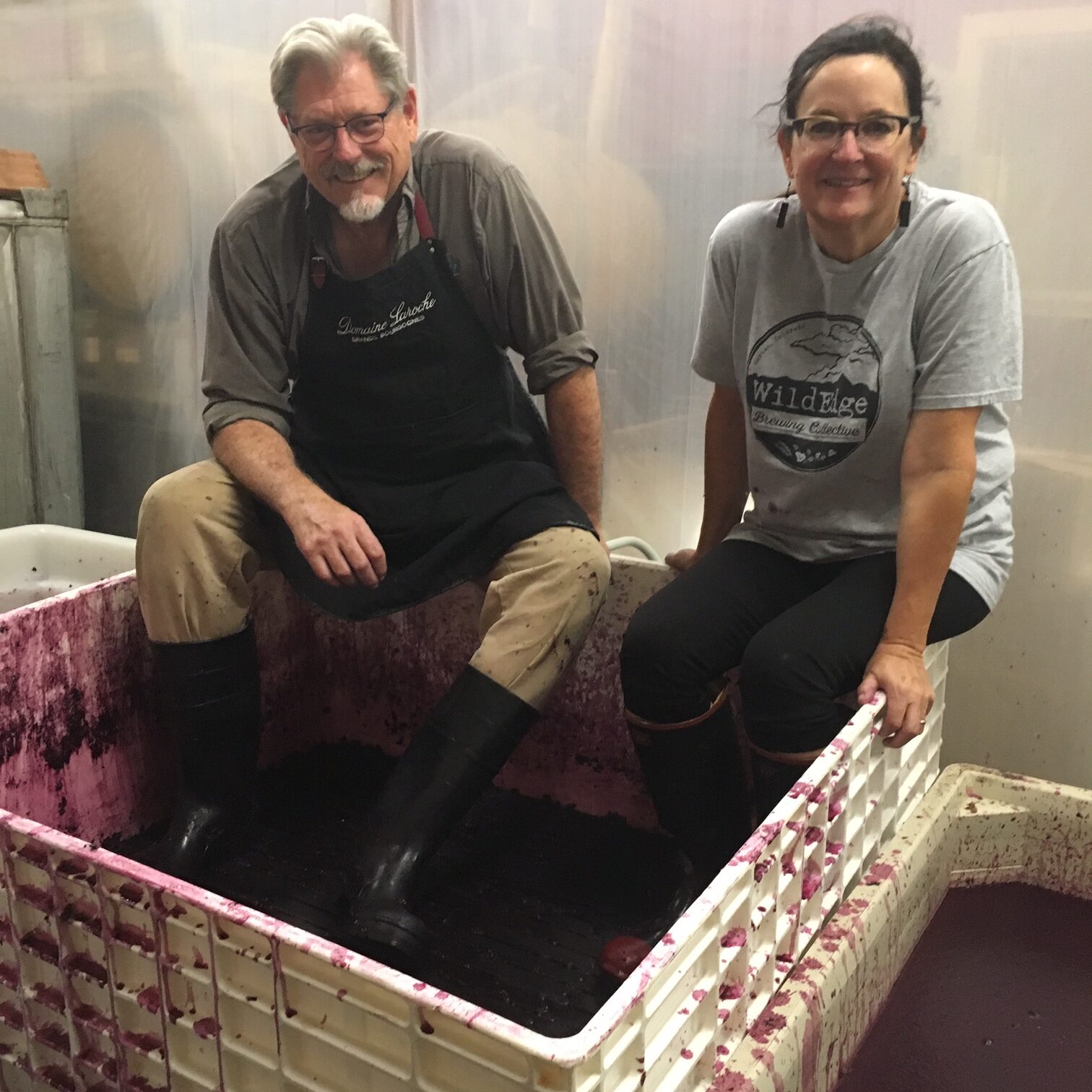Find the answers you want about how port is made.
What is port?
Port is a fortified wine. When a wine is fortified, that just means that high-proof, distilled spirits were added to the wine’s fermenting must. Sherry, vermouth and madeira are also fortified wines.
How is port made?
Port starts out much like table wine. Although the grapes used for port often ripen on the vine a bit longer to concentrate the natural sugars, they are harvested, crushed and pressed in the same manner as table wine grapes. Then fermentation is initiated. But that’s where port’s similarity to table wine ends.
About halfway through the fermentation process, natural grape sugars drop to about 10 percent. A high-proof spirit is added to the must to halt the fermentation process by killing yeasts. By law, this spirit has to be grape-based, and it’s typically between 160 and 180 proof. Lastly, the wine is racked off into barrels for aging and future blending.
What is port’s residual sugar and alcohol content?
The sweetness in port is natural grape sugar that hasn’t been fully fermented into alcohol. Most ports have six to 12 percent residual sugar. The higher alcohol in port is a combination of the alcohol created at the beginning of fermentation and the high-proof spirit added to stop fermentation. Most ports have a total of 18 to 22 percent alcohol.
What’s the best glass to use when serving port?
We recommend a small white wine glass. This allows for swirling (to aerate the port) and sniffing. Even more than table wines, the bouquet of a port will indicate what’s to come on the palate. Our ports are made to show off the clean, dark fruit aroma of the grape. This would be missed using small port or liqueur glasses. Two ounces is an appropriate serving quantity.
How long will port last after opening?
Our ports will retain their character for quite a few weeks after opening. We are comfortable telling our customers that if they do nothing but place the cork back in the bottle, our after-dinner wines (ports and sherry) will be fine for 6-8 weeks. You can extend several weeks beyond this by using an inert gas canister, a vacuum pump, or refrigeration.
I’ve read that the word “port” can no longer be used. Is this true?
Yes, and no. In 2006, our government signed a treaty with the European Economic Community (EEC) banning the use of port, sherry, champagne, and others European descriptors with geographic, linguistic, or historic roots. Any U.S. fortified wine made in the port-style, approved for sale prior to 2006, was allowed to continue using the port designation. After 2006, no new port-style wine could be called port.
All of our ports had prior approval and will continue to use the port and sherry designations.

